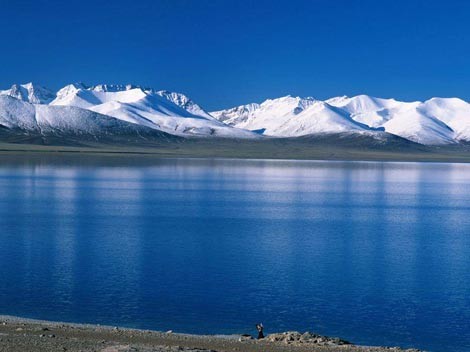
Qinghai Lake is the biggest lake in China. I may see it after my conference in Lanzhou. It's just a 3-hour drive west of the big city of Lanzhou, but that drive takes you out of Gansu Province up to Qinghai Province, which according to Wikitravel is...
China's most scarcely populated province. There are only 5.2 million people in an area bigger than France. Labor camps, prisons and nuclear testing sites are scattered among the ice-capped mountains. The extreme eastern part of the province is less harsh, with two major Tibetan monasteries and the charming capital of Xining. The southern regions of Qinghai sit at an average elevation of over 4000 m (13,120 ft) while the northern regions sit between 2500 m and 3500 m (8200 to 11,500 ft). Qinghai has some of the largest pasture lands in China. Many yaks and sheep are herded by Tibetan and Mongolian nomads.
The cool mountain air should make a nice change from the roasting deserts of western China, which I plan to explore before the conference. But I guess that means I'll need to bring warm clothes!
An interesting thing about this lake is that it has salty water, despite being up in the mountains. The reason is that no water flows out. It's in what showoffs call an endorheic basin, meaning simply that no water can flow out. The basin in which the Taklamakan Desert resides, the Tarim Basin, is another much larger endorheic basin in this area. With the Himalayas, the Tibetan plateau, the Kunlun Shan and Tian Shan ranges, not to mention many others, this is one of the most landlocked parts of the world. And Urumqi is famous for being the big city that's the farthest from the ocean of any in the world!
Near the old Silk Road town of Dunhuang, you can do some camel trekking. Sara Naumann writes:
Just in case you think riding a camel is like riding a horse, I'll school you in Dunhuang-style camel riding. First, you board your camel while the camel is on the ground with its legs tucked under it having a nice rest. The camel is not necessarily thrilled with having to work so may do nasty things like grunt at you. But also a nice word and a pat on the head might get you some nuzzling for which you're unprepared so think about how much intimacy you want with your ride. After you get on the saddle, hold on. The camel will pitch forward as it stands up first on its back legs. If you're not steady, you will tumble over the saddle and onto the camel's head which it will not like. Nor will you.
With tremendous help from Weiwei Pan, my travel plans are solidifying and now they tentatively look like this:
For Sara's complete camel story, with pictures, go here:
This photo comes from here:
It was taken in Mingshan, an area of sand dunes near the amazing Crescent Lake south of Dunhuang. I reflected it because for some strange reason I wanted the camels to head ot the right... maybe they remind me of script on a page?
This is the Library Cave in Dunhuang, walled off sometime before 1100 AD — nobody knows why. The guy here is Paul Pelliot.
Pelliot was a French expert on classical Chinese who worked at the École Française d'Extrême Orient in Hanoi. Vietnam was a French colony then — and you can still buy baguettes on the street in Hanoi.
In 1900 he was sent to Beijing to search for Chinese books for the Icole's library. While there, he was caught up in the Boxer Rebellion and trapped in the siege of foreign embassies. He made two forays into enemy territory during this siege.one to capture an enemy standard, and another to obtain fresh fruit! For his bravery, he received the Legion of Honor. He was just 22.
He returned to Hanoi and was made Professor of Chinese at the École. In 1906 he led a mission to explore Central Asia, starting in Paris. His expedition traveled through Russia by rail to Uzbekistan, where they switched to horses and carts and went over the Alai Mountains to China — the west end of the Taklamakan Desert, and the great city of Kashgar.
He then went east, with too many adventures and discoveries to tell here, until he reached Urumqi, near the east end of the desert.
There he met Duke Lan, whose brother had been a leader of the Boxer Rebellion. The two had a bittersweet reunion. Pelliot had been in Beijing while Duke Lan and his soldiers were besieging the foreigners during this rebellion! They reminisced about old times and drank champagne. But then Duke Lan showed Pelliot a manuscript from Dunhuang.
This was just the kind of thing Pelliot was seeking! Recognizing its value, he quickly set off for Dunhuang.
The Library Cave is one of almost a thousand caves in Dunhuang: the Mogao Caves. It was guarded by a Taoist monk named Abbot Wang. Pelliot persuaded Wang to let him look at it, and it turned out to contain a massive hoard of ancient manuscripts: almost 50,000. After three weeks of studying them, Pelliot convinced Wang to sell him a selection of the most important ones. Wang, who was interested in continuing the refurbishment of his monastery, agreed to the price of 500 taels (£90).
My tale is paraphrased from these articles:
The manuscripts are now spread around the world: many are in the British Library, the Bibliothèque Nationale in France, and the National Library of China in Beijing. But luckily, they are being digitised by the International Dunhuang Project, and can be freely accessed online.
Qinghai is a province of China southeast of the Taklamakan Desert. It's much higher — and as you go further south, you reach the Kunlun Mountains and then Tibet. It holds China's largest lake. But this picture shows a smaller one, Donggi Conag Lake, which is 'only' 220 square kilometers in size.
Not very many people live here — but the people who do are a fascinating mix of Han, Tibetans, Hui, Tu, Mongols, and Salars. The Han, I hope you know, are the 'ordinary' Chinese. You've probably heard of Tibetans and Mongols. But what about the rest?
The Hui are Chinese-speaking Muslims, not primarily of Han ancestry, but related. The Tu or Monguor speak a Mongolic language that's been heavily influenced by Chinese and Tibetan; most of them are farmers, and they live mainly in Qinghai and Gansu, the province directly to the north. The Salar speak a Turkic language of their own; their ancestors were migrating Turks who intermarried with Han, Tibetans and Hui.
I'm just trying to get a little sense of this area before I visit it! I won't be seeing Donggi Conag Lake, but I plan to visit Qinghai Lake, which is almost 4500 square kilometers in size.
I found this photo by someone nicknamed Huanghe Jingren ('Yellow River Scenery Person') on Panoramio. They've got a lot of amazing photos there!
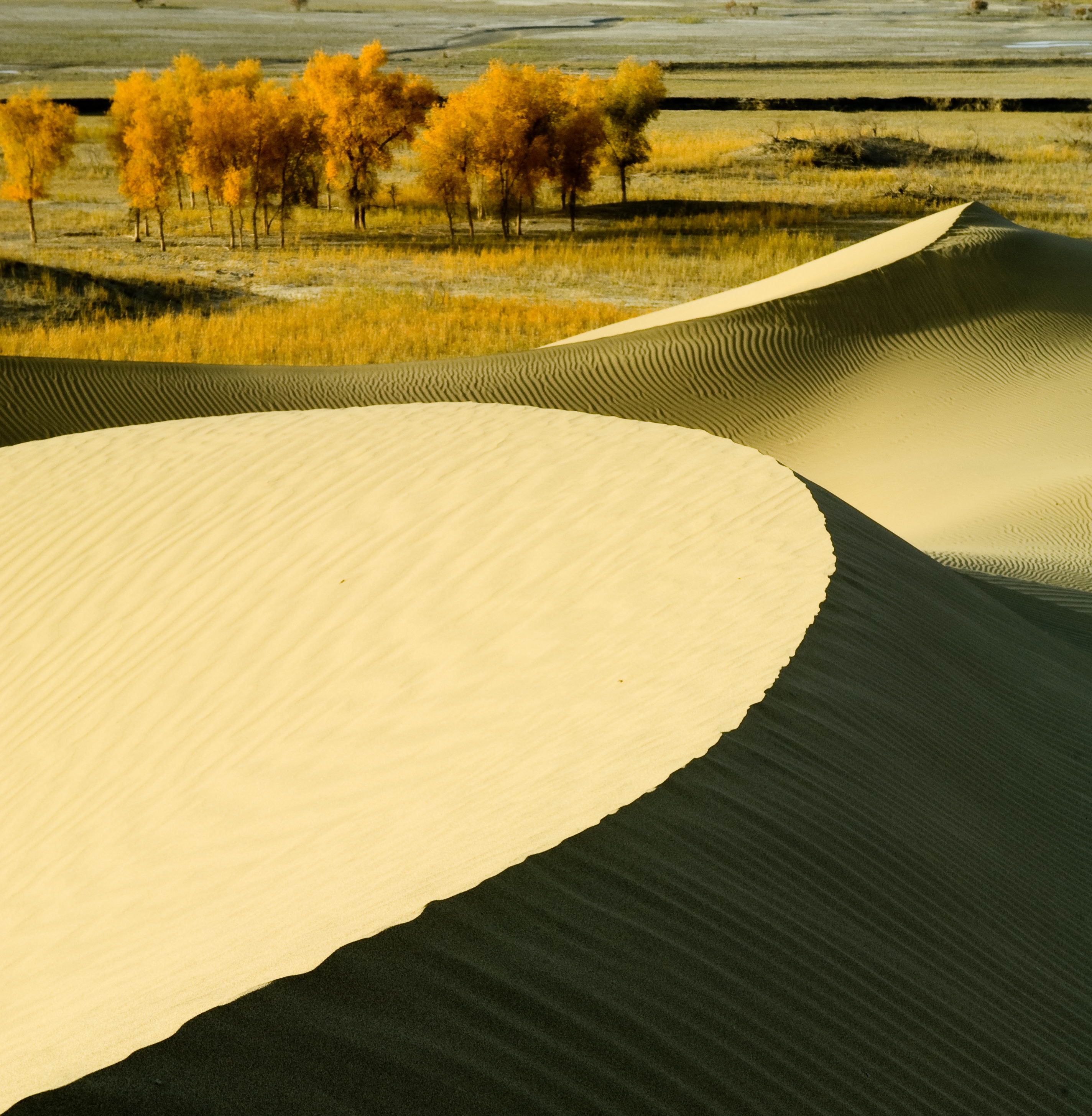
At the northern edge of the Taklamakan the dunes give way to grasslands, with rivers and oases surrounded by trees! This beautiful photo was taken near the town of Yuli in the Bayin'gholin Mongol Autonomous Prefecture — or Bayingol for short.
A 'prefecture' is a subdivision smaller than a province. Bayingol is in Xinjiang Province, and it's the largest prefecture in China, in the largest province. It's sparsely populated, though! The people here are mainly a mix of Mongols, Uyghurs and Han Chinese.
The word 'Bayingol' means 'rich river', and I'm sure that's how you feel if you travel through the Taklamakan Desert and then reach this place.
The person who took this photo has lots more great shots of Xinjiang
and other parts of China on Panoramio. This
particular one was taken near the town of Yuli at 410 2' 37.92" N, 860
4' 57.61" E.
The old Silk Road town of Dunhuang is full of trees, but surrounded by
tall dunes. The view from the rooftop restaurant at the Silk Road
Hotel is spectacular!
Unfortunately this hotel is sold out... so I'll console myself by
saying that it was probably too expensive, and too fancy: the rooms
are done up in a charming 'caravanserai' style.
This photo was taken by Joanie Preston in November 2011, and it appears on Tripadvisor.
Downtown Singapore always looks futuristic — but last week, in the
smoke of burning jungles, it looked downright post-apocalyptic!
See that thing like a ship on top of 3 skyscrapers? That's the Marina
Bay Sands hotel and gambling casino. It cost $8 billion to build and
it has an 'infinity pool' on top, a swimming pool with no edge that
looks like you can just swim off the edge and fall off... it scares
me. And see those things like weird 16-storey-tall artificial
supertrees? Those are weird 16-storey-tall artificial Supertrees.
They operate as temperature moderators, absorbing and dispersing
heat. They also collect rainwater and act as ventilation ducts for
conservatories nearby. Several are outfitted with photovoltaic cells
to generate solar power. At night, they glow in strange colors.
This photo was taken by Wong Maye-E.
In China, the zoo in the city of Luoyang has three new tiger cubs! They're all female, they're 3 months old, and they're the offspring of a pair of tigers at this zoo.
They're
South China tigers. This is a tiger subspecies, Panthera tigris
amoyensis, that was native to the provinces of Fujian, Guangdong, Hunan,
and Jiangxi in southern China. In the early 1950s there were more than
4,000 in the wild — but then tigers were targeted by an 'anti-pest'
campaign in Mao's Great Leap Forward. By 1982 there were at most 200,
and by 1987 at most forty.
The South China tiger has been considered 'critically endangered' since
1996 — and it may be extinct in the wild, since scientific missions
to find one have failed, though there are still occasional reports of
sightings, and a reported attack on a cow in 2007. There are about 72
in captivity, though few seem to be 'pure' South China tigers, as there's
genetic evidence of cross-breeding with other species.
The South China tiger seems to be a relic population of the original
'stem' tiger, living close to the area where tigers first appeared.
Morphologically, it's the most distinctive of all tiger subspecies.
Tigers living in zoos can't easily adapt to life in the wild. But
the organization Save China's Tigers is trying to rewild the South
China tiger. They took a few from zoos to South Africa and trained
them to regain their hunting instincts. 14 cubs have been born, of
which 11 survived. These cubs should learn their survival skills from
their rewilded mothers directly. When they get old enough they'll
be taken back to a nature reserve in China. This may have already
happened... in any case, it should be soon!
For more cute pictures, see the China Daily article.
June 12, 2013
My sister just passed a test to get a license in pest control. She wrote:
So I am now your go-to person for information on the bionomics of all
major species of mosquitoes, lice, ticks, fleas, mites, bedbugs,
flies, biting members of the ant and bee families, birds, snakes, and
vermin indigenous to Virginia. Indeed, I was disappointed not to have
the opportunity to regurgitate more of this knowledge (just as
mosquitoes regurgitate St. Louis encephalitis into human hosts once
part of their gut becomes blocked by the virus pathogens).
I replied:
Lisa and I agreed that now, when she thinks I'm being a pest, she can
consult you for advice on how to control me.
She replied:
In general, in cases such as this, the best first-choice option is
physical exclusion. Removal of food sources and harborage locations
are other tactics that can be successful in addition to or instead of
exclusion. If such approaches failed, I would probably advise trap
and release. Poison baiting or biocontrol via fungal agents would be
last resorts.
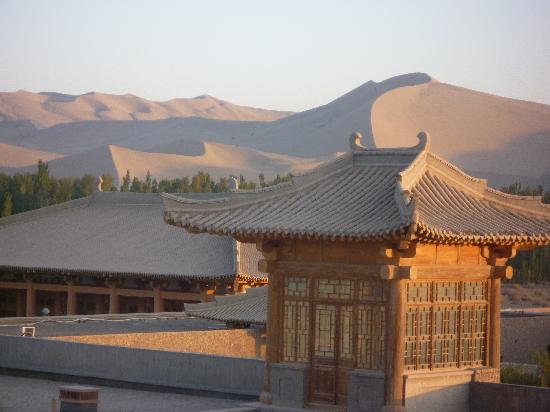
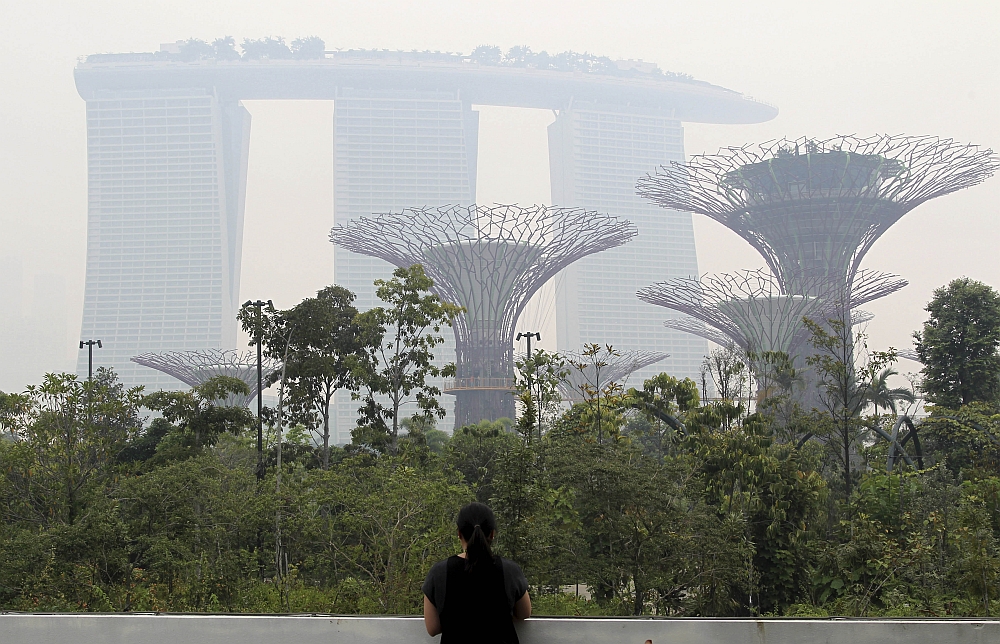
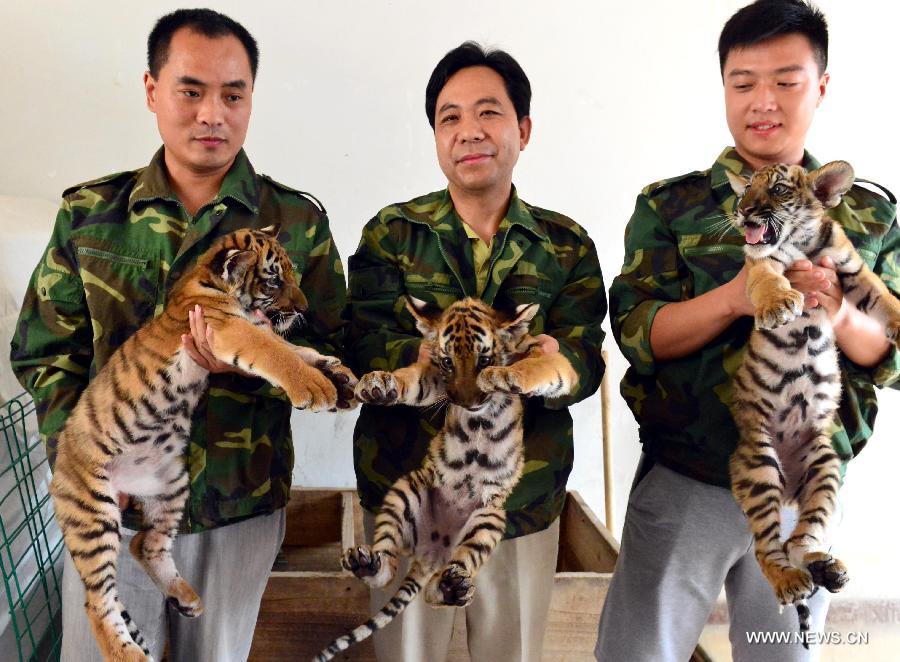
For my July 2013 diary, go here.
© 2013 John Baez
baez@math.removethis.ucr.andthis.edu